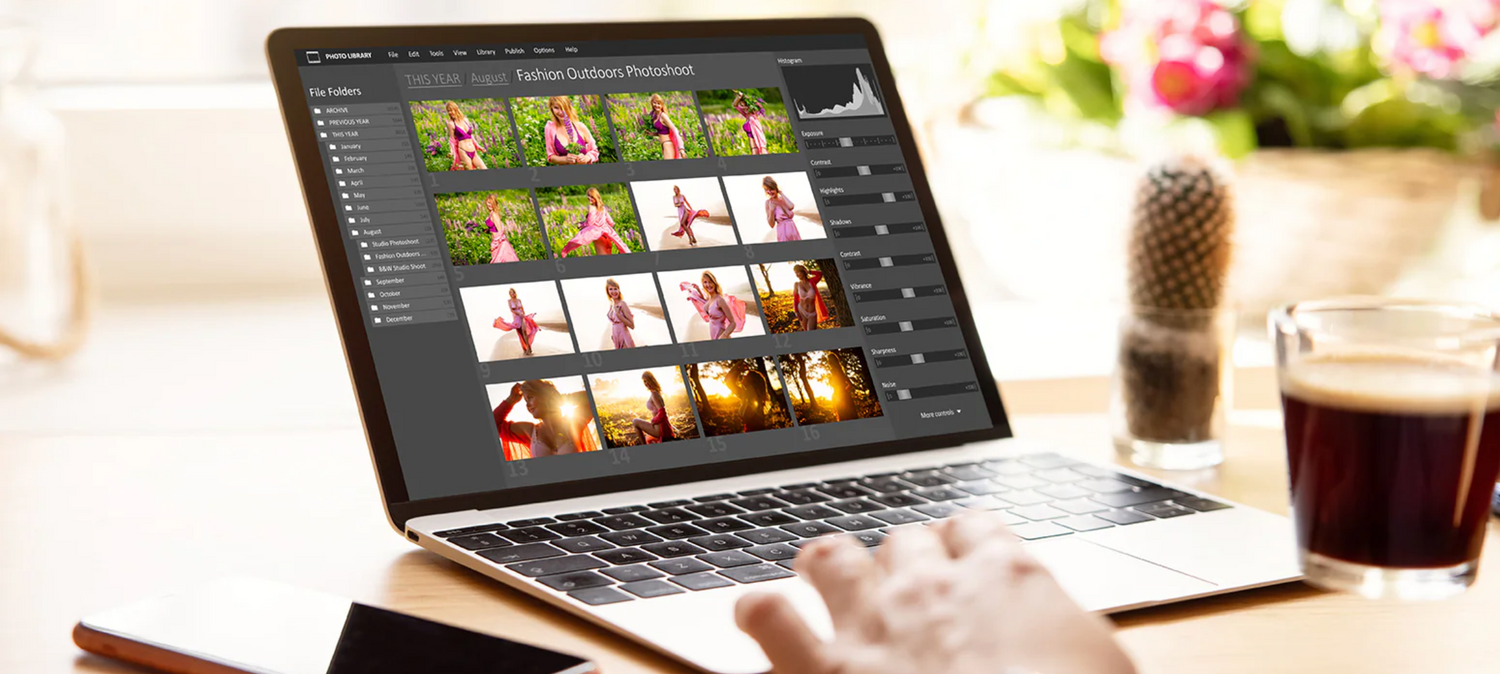Did you know that the red you see on your phone might not be the same red you see on your desktop computer?
If you've printed photos before, you might have heard the term "color calibration" thrown around. While "color calibration" might sound like flowery photographer jargon and something for the experts, the truth is that color calibration is an essential step for everyone printing photos, and it's easy to do! Today we're going to demystify color calibration and explain why it is critical when printing your photos.
What is Color Calibration
In simple terms, color calibrating means matching colors, ensuring that you have color consistency across devices and in print. Matching colors is accomplished by selecting one color standard to define each color. The world's most common and accepted color standard is sRGB, short for "Standard Red Green Blue." Once a standard is defined for each color, you can align any monitor and printer to match that standard, and you will be able to see colors show up consistently across devices.
Why It Matters
Without color calibration, the colors in an image might show up one way on one computer and look completely different on another! The same is true of seeing a photo on a computer versus in print. Whether the skin tones are not accurate, the blacks seem grayer, or the fruits seem brighter, seeing colors slightly off in print from how they were viewed and edited on the monitor creates frustration and can change the entire feel of an image. Although these differences may seem subtle, uncalibrated monitors can lead to color changes that alter the overall mood of a photo. The true novelty in any photograph is that it represents the perspective of the photographer- you! When you spend valuable time editing an image to your preference, you want to ensure that those results are seen across the board.
Each computer monitor displays colors differently based on the installed color profile, and manufacturer tweaking, among other things. For example, Apple monitors tend to display colors as more bright and saturated than other monitors. Think of walking by a wall of TVs at your local electronics store. Though all televisions display the same video, each screen has variations that make the video look different from the others. Additionally, the colors portrayed on your screen change over time, and the shift becomes more drastic when monitors are not calibrated regularly.

Before printing, everyone involved, from the photographer to the subject and the print studio, is invested in ensuring that the colors use the exact definition and are, therefore, accurately represented.
What should I do?
There are two ways to calibrate your monitor: downloading calibration software or purchasing calibration hardware equipment. Calibration hardware kits are available in an extensive price range and are considered the most accurate of the two options.
Whether you choose hardware or software, color calibrating is crucial for any level of photographer and saves frustration, time, money, and energy.
The photographer's perspective creates the beauty of an image, and with color calibration, your pictures can be witnessed precisely how you intended them to be.
Have you already color-calibrated your monitor and are ready to bring your images to life on metal prints? Order today!





